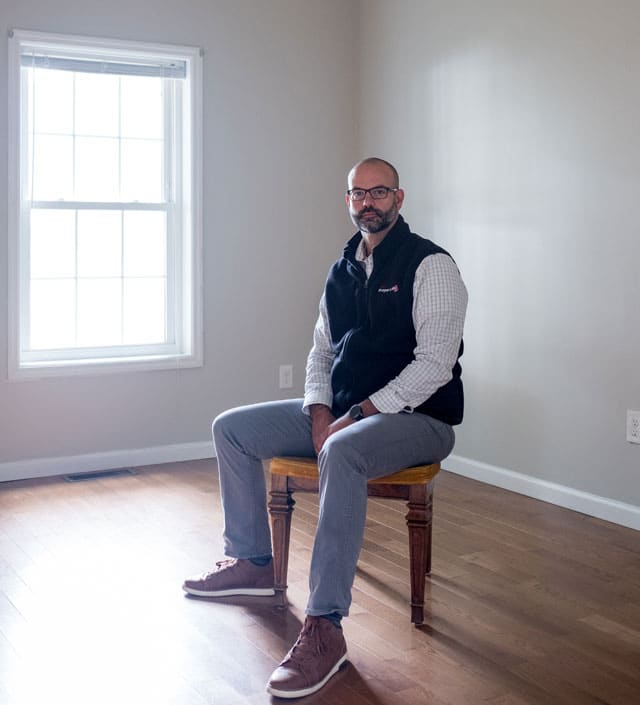Rents for single-family homes are 20% higher than for multi-family apartments, according to the latest market report from Zillow, which says that’s the largest difference it’s recorded.
Builders have been steadily adding multifamily rental units, which has stabilized apartment rent increases for many months, but rents for detached single-family homes continue to accelerate.
Meanwhile, continued high mortgage rates are suppressing buyer demand and home value growth, the real estate company reports.
“Right now, more multifamily units are hitting the market than at any time in the past 50 years, but detached homes aren’t seeing the same surge in construction,” said Skylar Olsen, Zillow chief economist. “We’ve also got the large millennial generation wanting to move into a larger space. High and unpredictable mortgage rates and hefty down payments are pushing some to rent that lifestyle instead of buying it. Similarly discouraged, some homeowners may return to the market and sell to capitalize on record prices, rather than continue to wait for lower rates.”
Rents for detached homes have risen 4.4% year over year, which Zillow says is consistent with their pre-pandemic trajectory. Apartment rents are increasing at 2.4% annually, less than the mid-3% growth of 2018 and 2019.
Values for owned homes have appreciated at 2.6% year over year, compared with 5.2% in December 2019.
Single-family rents have increased significantly faster than apartments in recent years, up 41% from pre-pandemic levels, compared with 26% for multifamily rents. Salt Lake City has the largest difference in rental prices among the 50 largest U.S. metros — a 59% price premium over multifamily units. Detroit has the smallest difference in rates of increase, 9%, and Pittsburgh — where single-family construction has boomed over the past five years — had the lowest difference in current rents, 14%.
Although apartment construction has surged, multifamily rents are “sticky,” Zillow says. Annual rent growth has been relatively stable, in the mid-2% range, over the past year.
Instead of easing off on rent increases, property managers are increasingly turning to concessions to lure in tenants. These inducements, including months of free rent or free parking, are offered on 41% of all rental listings on Zillow, which report it’s another record high.
Millennials are renting longer before buying a home, with renters’ median age to be 42 in 2024, up from 33 three years before.
Housing inventory is trending closer to long-term pre-pandemic norms. There were just under 1 million homes on the market in December — more than in any December since 2019. Inventory is 25% below 2018-2019 averages for this time of year, well above the 37% deficit of January 2024 or the record shortfall of 51% of February 2022. The increase in inventory will result in less competition over newly listed homes and easing price growth, Zillow projects.
“With any luck, the recent momentum of sellers returning to the housing market — some likely doubting that mortgage rates will drop anytime soon to improve their own buying situation — will continue to recover in the new year,” the report’s authors state.
Currently, 10 of the 50 biggest metros have more homes on the market than at the same time of year before the pandemic. Those metros are mostly in Florida, Texas and the South, where builders have kept up with demand.







